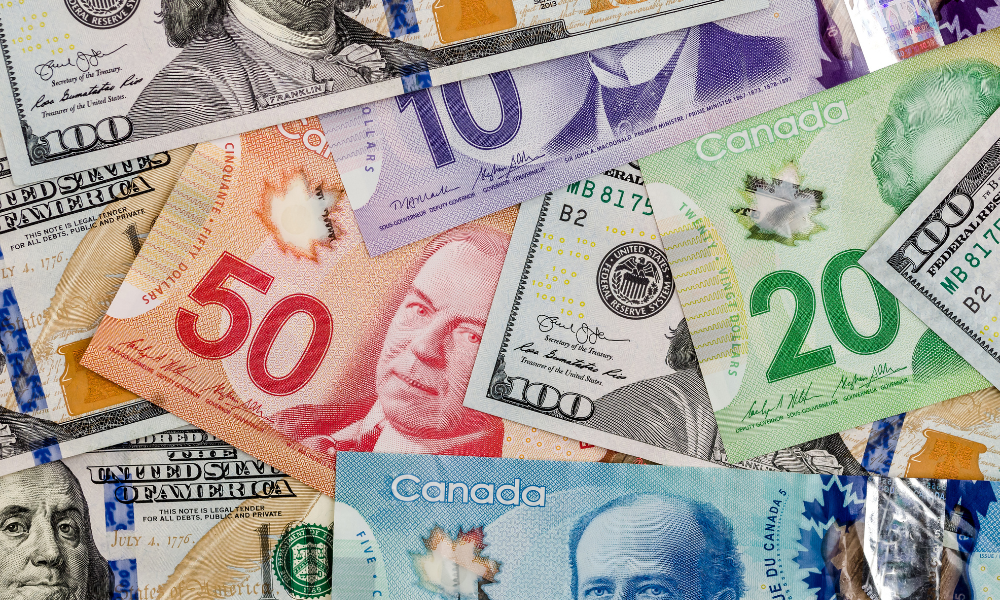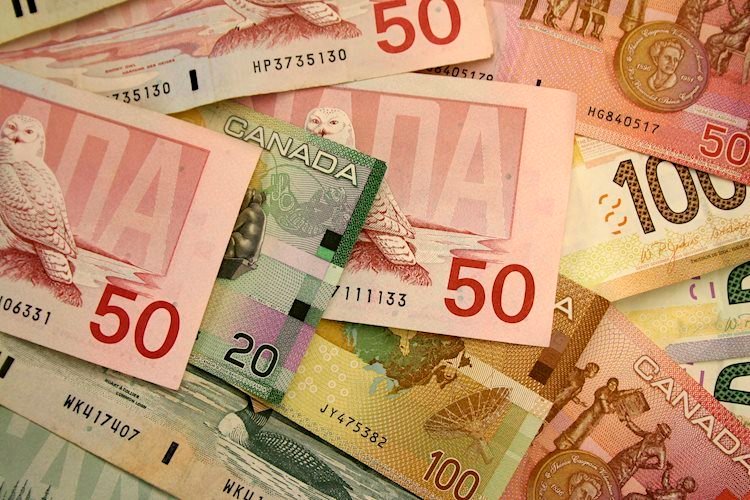The core question that many advisors now face as they consider currency strategy is whether CAD has found its floor yet. Rai explains that a number of slow burn themes have run alongside recent trade shocks to bring us to this point. Among the long-term factors that Rai believes the market hasn’t fully considered is the fact that Canadian household debt is at a far higher level than we see in the United States. That means less discretionary spending and higher savings rates in Canada, which Rai says is reflected in central bank policy and the weakness of CAD.
Trump’s trade threats are the other key factor. Even in the leadup to the announced tariffs, threats and bellicose language were being priced into CAD on foreign exchange markets. Disruptions to bilateral trade, Rai says, will potentially force the Bank of Canada to respond further and cut rates. That, in turn, could pull CAD lower.
As of now the trade tensions are unresolved, with the blanket tariffs delayed until March. There have since been developments like the imposition of universal tariffs on steel and aluminium imports into the US. Rai believes that the 25 per cent blanket tariffs threatened early in the month have not yet been fully priced in to the Canadian dollar. Another trade shock, he says, could push things lower. A resolution or a further extension of the issue, however, could see some upward movement in CAD on the margins.
“If there aren’t additional tariffs levied by the White House against Canadian imports, then potentially there could be a near-term floor for the Canadian dollar and we could see CAD generate some momentum as the chaos premium is priced out. In which case it does make sense for investors to consider hedging and to reassess that decision, perhaps on a more frequent basis than they might have done before.”
If advisors are tempted to try to generate alpha long-term with currency strategies, however, Rai offers a counterpoint. He suggests comparing the long-term path of the Canadian dollar against the USD with the S&P 500. The S&P 500 grows consistently over time, while the Canadian dollar is bound to a degree of mean reversion.







